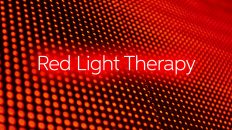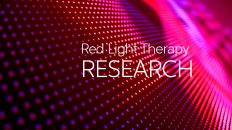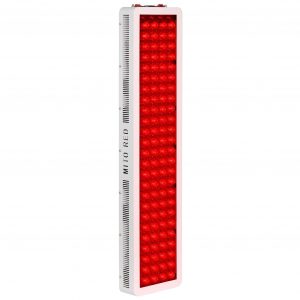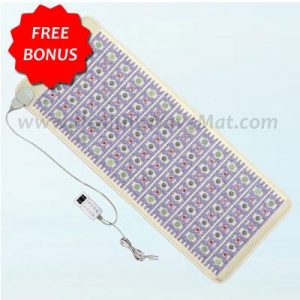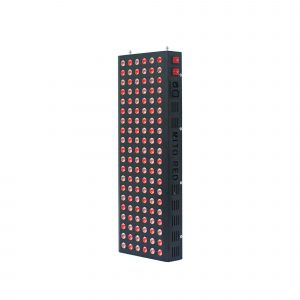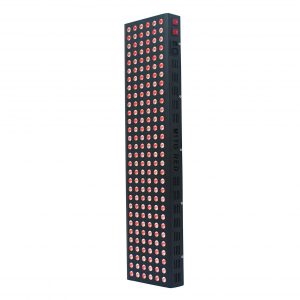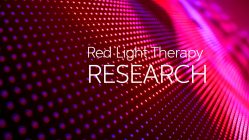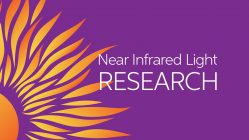Photobiomodulation (PBM) with red and near-infrared light (NIR) -also known as Low-Level Light Therapy-is a low risk, inexpensive treatment-based on non-retinal exposure-under study for several neuropsychiatric conditions. The aim of this paper is to discuss the proposed mechanism of action and to perform a systematic review of pre-clinical and clinical studies on PBM for major depressive disorder (MDD).
Methods: A search on MEDLINE and EMBASE databases was performed in July 2017. No time or language restrictions were used. Studies with a primary focus on MDD and presenting original data were included (n = 17). References on the mechanisms of action of PBM also included review articles and studies not focused on MDD.
Results: Red and NIR light penetrate the skull and modulate brain cortex; an indirect effect of red and NIR light, when delivered non-transcranially, is also postulated. The main proposed mechanism for PBM is the enhancement of mitochondrial metabolism after absorption of NIR energy by the cytochrome C oxidase; however, actions on other pathways relevant to MDD are also reported. Studies on animal models indicate a benefit from PBM that is comparable to antidepressant medications. Clinical studies also indicate a significant antidepressant effect and good tolerability.
Limitations: Clinical studies are heterogeneous for population and treatment parameters, and most lack an appropriate control.
Conclusions: Preliminary evidence supports the potential of non-retinal PBM as a novel treatment for MDD. Future studies should clarify the ideal stimulation parameters as well as the overall efficacy, effectiveness and safety profile of this treatment.
SOURCE: US National Institute of Health’s National Library of Medicine
https://pubmed.ncbi.nlm.nih.gov/30248638/





